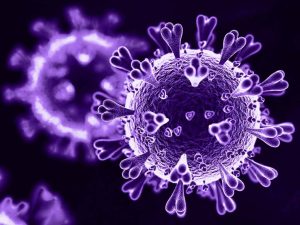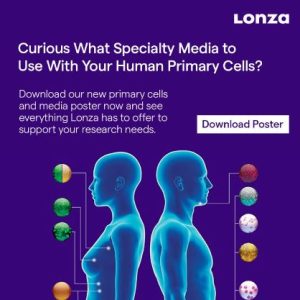Writing today’s article did not start with an interesting publication I read, or with a fancy technology, I heard of. It started with a question. I was asking myself, why we at Lonza Scientific Support are asked more frequently for HLA-data for our primary cell types.
I know that HLA-matching is important when it comes to transplantation – of organs, tissue or bone marrow. However, HLA types are also connected with many diseases or autoimmune disorders. Like this it can be a critical factor when it comes to assay development in research.

The major histocompatibility complex (MHC) is a set of genes that code for cell surface proteins essential for the immune system to recognize foreign molecules. The human MHC is called Human Leukocyte Antigen (HLA).
MHC proteins supports self versus non-self recognition in coordination with T Cell Receptor proteins. It could be so easy, but it is not: The MHC genes display the greatest degree of polymorphism in the human genome.
On chromosome 6 there are 6 different HLA genes:
- HLA-A, HLA-B and HLA-C belong to MHC class I, which can be found on all nucleated cells in the body.
- HLA-DR, HLA-DQ and HLA-DP belong to class II and can be found in addition on certain immune cells.
Each of them coming with a huge allele diversity. HLA-B for example has more than 3000 different allele subtypes. And now take into consideration that each individual has 2 alleles – donor differences reaches a new dimension.
HLA status has a high impact on research areas like tumor immunology. When considering cancer immunotherapies, like adoptive T-cell transfer, it must be proven upfront that the T-cells will not attack healthy tissue or will have any other cytotoxic effects and cross-reactions.
HLA typed cells and tissues can also be used in exploring disease mechanisms for example in autoimmune disorders. The HLA status can predict diseases like Arthritis, Type I diabetes (HLA-DRB1*04:01) or Multiple Sclerosis (HLA-DRB1*15:01). It can have an impact on disease progression as well, like in case of HIV.
In drug development the HLA type plays a role in immunogenicity, hypersensitivity or even non-response of the patient to a specific drug due to the patient’s HLA status.
How to handle this situation? Well, test and focus is a good way.
And the fact that HLA A2*01 is the most prevalent MHC class I allele family in humans however helps to focus. Most Therapies are developed for patients with this HLA status.
At the moment we have HLA data available for many lots of fresh bone marrow and bone marrow cells, as well as different blood cell types and liver cells. More to come! Just get in touch with us at scientific.support@lonza.com to discuss your needs.
Written by Isabella
Scientific Support Specialist, Lonza Pharma-Bioscience Solutions at Lonza





